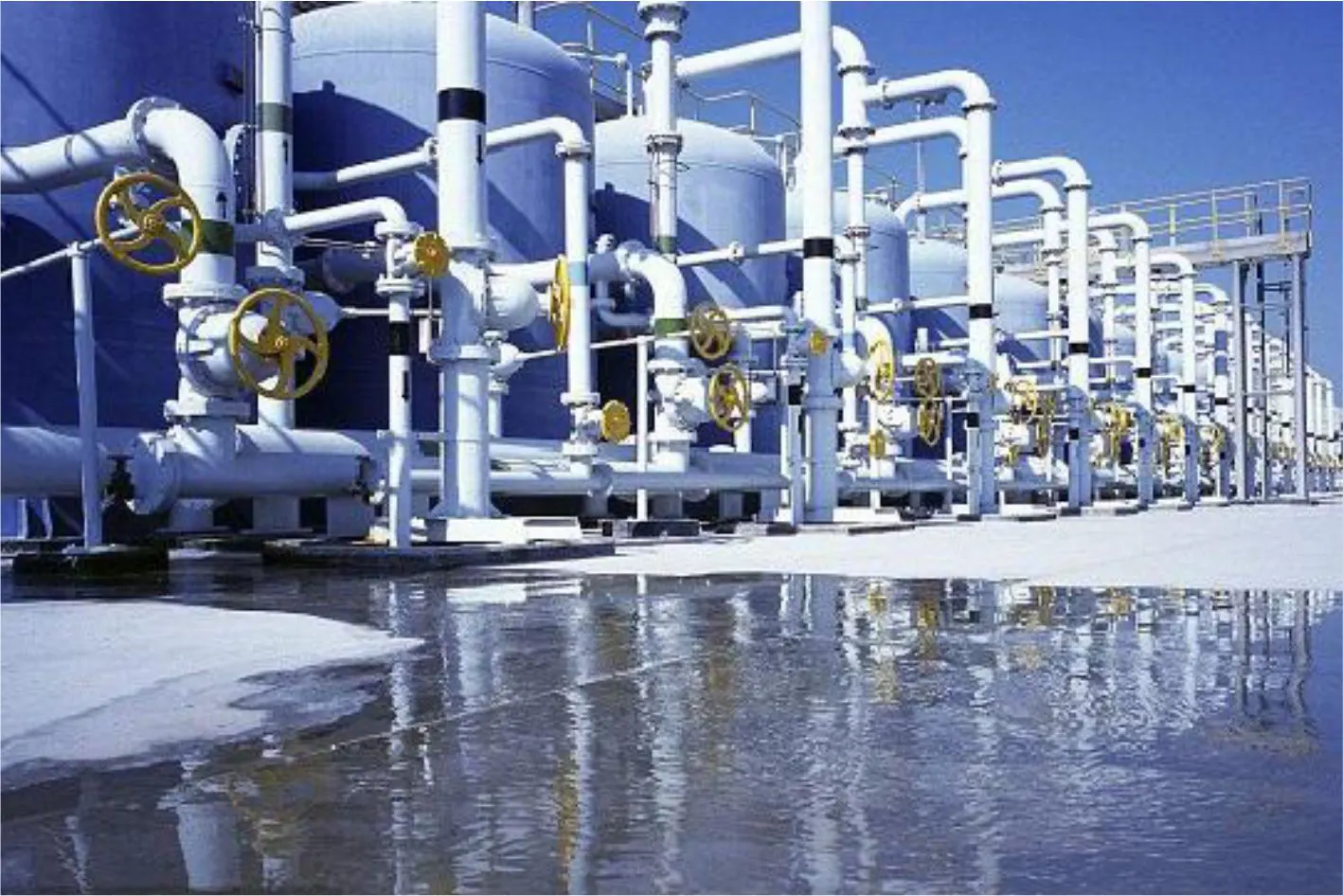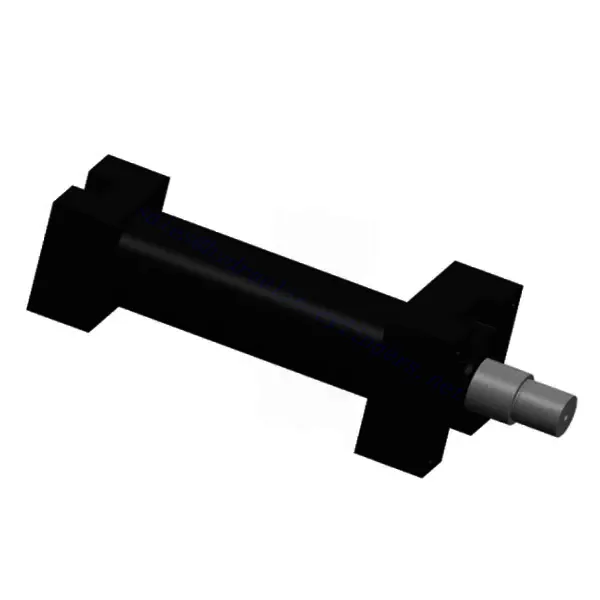Harsh Corrosive Environment Cylinder
As one of the hydraulic cylinders manufacturers, suppliers, and exporters of mechanical products, We offer hydraulic cylinders and many other products.
Please get in touch with us for details.
Mail:sales@hydraulic-cylinders.net
Manufacturer supplier exporter of hydraulic cylinders.
Harsh Corrosive Environment Cylinder

The harsh corrosive environment cylinder is a specialized hydraulic cylinder designed to thrive in demanding industrial applications where corrosive substances are present. With its robust construction and corrosion-resistant materials, this cylinder offers reliable performance, ensuring smooth operation even in the harshest environments. Let’s delve into this exceptional product’s features, usage methods, and maintenance.
The harsh corrosive environment cylinder is a reliable and durable solution for industrial applications that involve corrosive substances. This cylinder offers exceptional performance in challenging environments with its corrosion resistance, robust construction, and versatile mounting options. By following the recommended usage methods and implementing regular maintenance practices, you can ensure your hydraulic system’s longevity, reliability, and optimal operation. The harsh corrosive environment cylinder is a testament to technological innovation and is a trusted solution for conquering corrosion in demanding industrial settings.
Harsh Corrosive Environment Cylinder Key Characteristics:
- Corrosion Resistance: The harsh corrosive environment cylinder is engineered with high-quality materials that exhibit exceptional resistance to corrosion. This feature enables the cylinder to withstand exposure to corrosive substances, such as chemicals, saltwater, acids, and other harsh agents commonly found in industrial environments.
- Durable Construction: Built to endure rugged conditions, the cylinder boasts a robust construction that enhances its longevity and reliability. Its sturdy design ensures resistance to mechanical stress, minimizing the risk of failure and downtime.
- Versatile Mounting Options: The cylinder offers a range of mounting options, including front flange, rear flange, foot, and trunnion mounts. This versatility allows for easy integration into various industrial systems, enabling seamless installation and flexibility in application.
Harsh Corrosive Environment Cylinder Parameter:
| Product Name | Harsh Corrosive Environment Cylinder |
| Features: | Extract and compress the seawater and deliver it to the filtering device. |
| Bore diameter: | Up to 300mm |
| Rod diameter: | Up to 185mm Stroke up to 1000mm |
| Working temperature: | -20~30℃ |
| Working speed: | up to 110mm/s |
| Working frequency: | 24 hours |
| Internal and external leakage: | < 5ml/min |
| Pressure: | up to 11MPa starting pressure<0.1Mpa |
| Applications: | Desalination Equipment |
Harsh Corrosive Environment Cylinder Application:

Usage Method Of Harsh Corrosive Environment Cylinder:
- Application Assessment: Before installing the harsh corrosive environment cylinder, evaluate the specific requirements of your application to determine the appropriate cylinder size, stroke length, and mounting configuration.
- Mounting and Connection: Follow these steps for successful installation:
a. Securely mount the cylinder using the chosen mounting option, ensuring proper alignment and stability.
b. Connect the hydraulic lines to the cylinder’s ports, ensuring tight and leak-free connections. Use compatible fittings and hoses suitable for corrosive environments.
- Hydraulic System Integration: Integrate the cylinder into your hydraulic system, connecting it to a reliable power source and control mechanism. Ensure compatibility between the cylinder and other system components.
- Operational Parameters: Adjust the hydraulic system parameters, such as pressure and flow rate, to align with your application’s requirements. Refer to the manufacturer’s guidelines for recommended operational parameters.
How To Bleed A Double Acting Hydraulic Cylinder?
Bleeding a double-acting hydraulic cylinder is a crucial maintenance procedure that removes air or trapped gases from the hydraulic system, ensuring optimal performance and preventing issues such as spongy operation or incomplete cylinder movement. Here’s a step-by-step guide on how to bleed a double-acting hydraulic cylinder:
- Safety Precautions:
- Before starting the bleeding process, ensure the hydraulic system is depressurized to prevent accidental movement or injury.
- Wear appropriate personal protective equipment, such as gloves and safety goggles, to protect yourself from hydraulic fluid splashes.
- Identify Bleed Points:
- Familiarize yourself with the hydraulic system and locate the bleed points on the double-acting hydraulic cylinder. These are typically located at the highest point of the cylinder or at designated bleed ports.
- Prepare Tools and Equipment:
- Gather the necessary tools and equipment, including a wrench or socket set to open and close bleed valves, a container to collect the purged hydraulic fluid, and clean rags or absorbent materials to clean up any spills.
- Position Cylinder:
- Position the double-acting hydraulic cylinder in a way that allows air or trapped gases to rise to the highest point of the cylinder, where the bleed points are located. This may involve adjusting the cylinder’s orientation or tilting it if possible.
- Open Bleed Valves:
- Using the appropriate wrench or socket, carefully open the bleed valves at the designated bleed points on the cylinder. Start with the highest point first.
- Ensure the collection container is positioned to catch the purged hydraulic fluid.
- Purge Air or Gases:
- Slowly actuate the hydraulic system to cycle the cylinder through its full range of motion. This may involve activating the hydraulic pump or operating the associated control mechanisms.
- As the cylinder cycles, air or trapped gases will be pushed out through the open bleed valves. Allow the hydraulic fluid to flow until all air bubbles are expelled and a steady flow of fluid is observed.
- Close Bleed Valves:
- Once the hydraulic fluid is free of air bubbles and flows steadily, carefully close the bleed valves at the bleed points to ensure they are tightened securely to prevent any leaks.
- Check Fluid Level:
- Check the hydraulic fluid level in the reservoir and top up if necessary. Use the recommended hydraulic fluid specified by the manufacturer.
- Final Checks:
- Perform a visual inspection of the hydraulic system, including the double-acting hydraulic cylinder, for any signs of leaks, loose connections, or abnormalities.
- Test the cylinder’s operation to ensure it moves smoothly without any issues.
Capability & Capacity Of Factory:
(1) Assembly
We have a first-class independent research and development assembly platform. The hydraulic cylinder production workshop has four semi-automatic lifting cylinder assembly lines and one automatic tilt cylinder assembly line, with a designed annual production capacity of 1 million pieces. The special cylinder workshop is equipped with various specifications of a semi-automatic cleaning assembly system with a designed annual production capacity of 200,000 and equipped with famous CNC machining equipment, a machining center, a high-precision cylinder processing special equipment, a robot welding machine, an automatic cleaning machine, automatic cylinder assembly machine, and automatic painting production line. Existing critical equipment of more than 300 sets (sets). The optimal allocation and efficient use of equipment resources ensure the accuracy requirements of products and meet the high-quality needs of products.


(2) Machining
The machining shop is equipped with a customized inclined rail turning center, machining center, high-speed honing machine, welding robot, and other related equipment, which can handle the processing of cylinder tubes with a maximum inner diameter of 400mm and a maximum length of 6 meters.

(3) Welding

(4) Painting & coating
With small and medium-sized cylinder automatic water-based paint coating lines, to achieve automatic robot loading and unloading and automatic spraying, the design capacity of 4000 pieces per shift;
We also have a semi-automatic paint production line for large cylinders powered by a power chain, with 60 cases per shift design capacity.


(5) Testing
We have first-class inspection facilities and test beds to ensure that the performance of the cylinder meets the requirements.

We are one of the best hydraulic cylinder manufacturers. We can offer comprehensive hydraulic cylinders. We also provide corresponding agricultural gearboxes. We have exported our products to clients worldwide and earned a good reputation because of our superior product quality and after-sales service. We welcome customers at home and abroad to contact us to negotiate business, exchange information, and cooperate with us!
Take a Tour of Our VR Factory:
Take a tour of our VR factory with the following
Hydraulic Cylinder Application:


